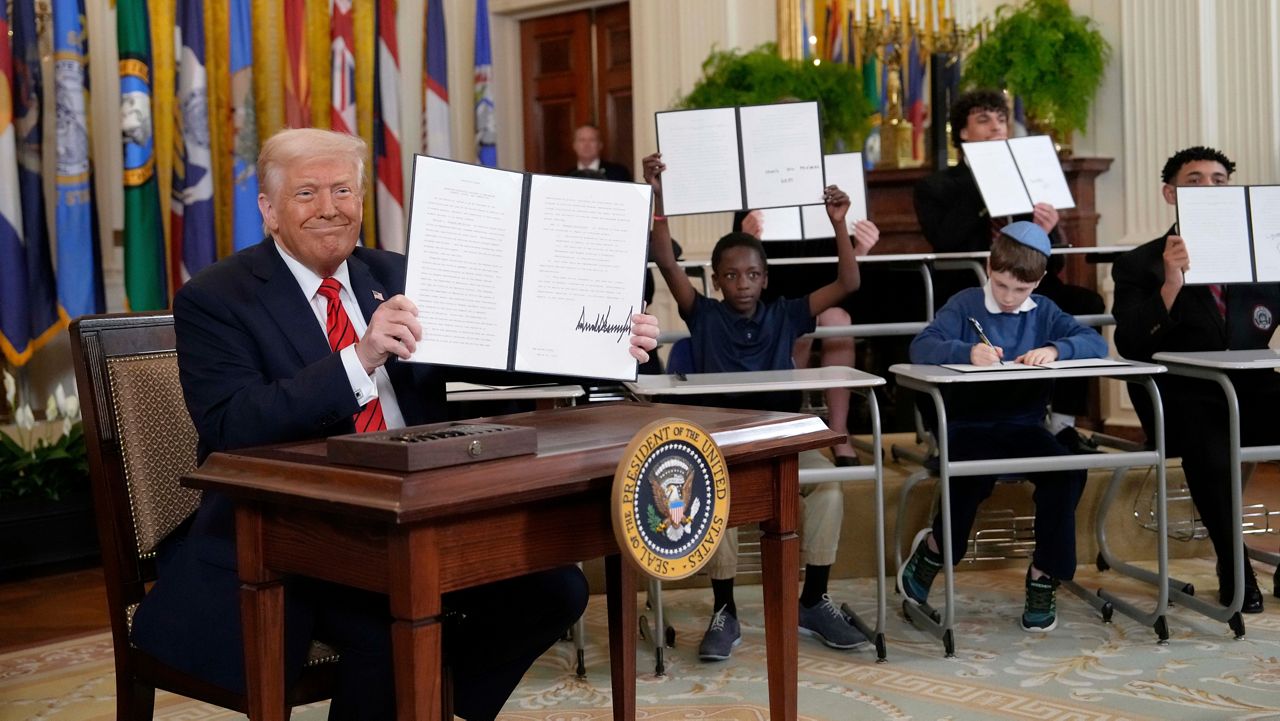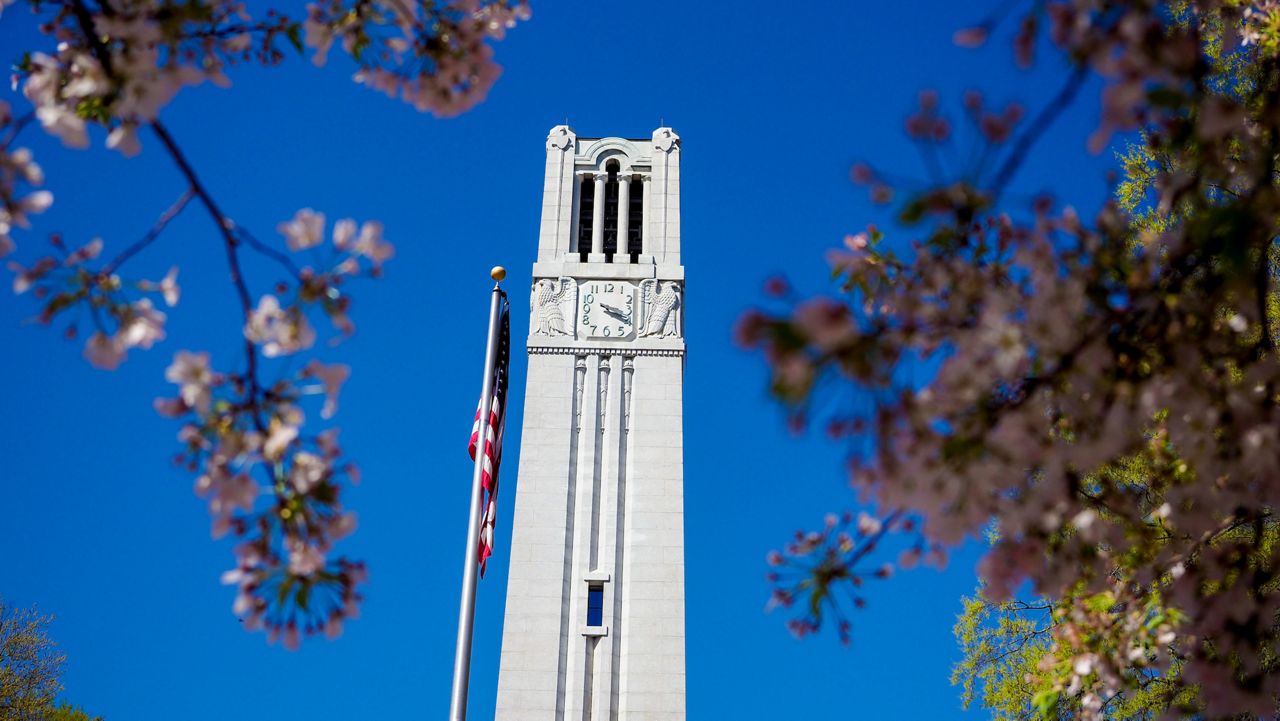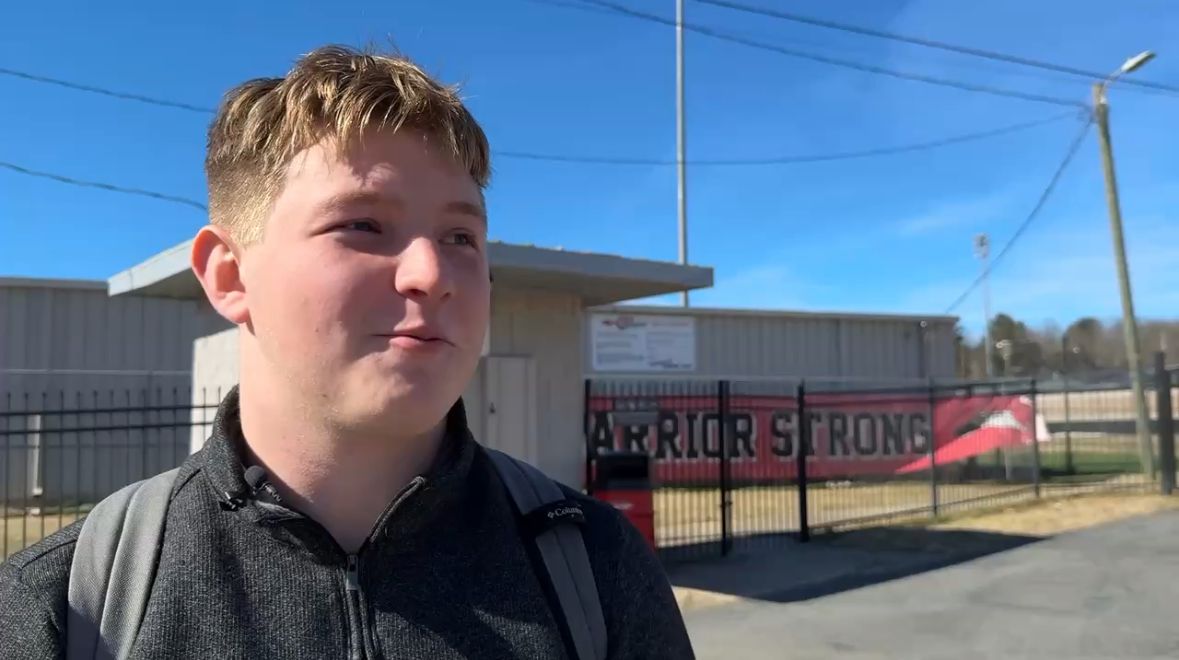RALEIGH, N.C. -- A plea for help by one child is indicative of the call for help by many. There is a disparity, often along racial lines, of just how much help that kid will get.
“I call it 'snatching away dreams,'” says Geraldine Alshamy, a social justice advocate. “When you don't provide these children with a sound, basic education, you rob them of so much that's within them.”
Alshamy has dedicated her life to advocating for young minds. She says the disparities in education that she's seen for decades is only exacerbated by the current pandemic.
That idea of disparity in what a kid gets in the classroom is clearest at the national level. According to Ebuild, the majority of minority school districts get $23 billion less in funding than the majority of White districts.
North Carolina's funding of schools is more nuanced, aiming to level out the disparities somewhat. A vast majority of funding comes from the state level. Then there is federal and local dollars. However, it's the local level where funding is not equal across the board.
“Rural counties, in particular, have less tax base,” says Sen. Phil Berger, a Republican. “And so their tax base is unable to sustain the kind of education spending of the wealthy or more urban counties; the Mecklenburgs, the Wakes, and the Guildfords, and the Forsyths, and the Oranges.”
But, as with all education disparity questions in North Carolina, this all comes back to a 25-year-old court ruling called “Leandro”.
“Most people don't even know what Leandro is,” says Alshamy. “And it is 25 years old, 25 years since North Carolina mandated that you're not providing a sound, basic education for all of North Carolina's children... the court said it.”
But state leaders argue that when it comes to the funding aspect of this, the state is holding up its end of the bargain.
“Particularly for the last 10 years, we have increased education funding at the state level by significant amounts,” says Berger. “And those increases, I believe, have been such that the General Assembly, the state of North Carolina, is complying with the constitutional mandate.”
Alshamy disagrees, and says the funding disparities are often along racial lines.
“Poor-funded schools are predominately Black and Brown children,” she says.
Everyone agrees there is some disparity in what each district, each school, each child gets, and Alshamy says the goal should be to get all of those differences erased.
“When it comes to our own, how dare anyone treat my child that way. But the state of North Carolina, this is what you're doing to children,” she adds.
EDUCATION
Education Disparities in North Carolina
PUBLISHED 2:02 PM EDT Jul. 20, 2020










